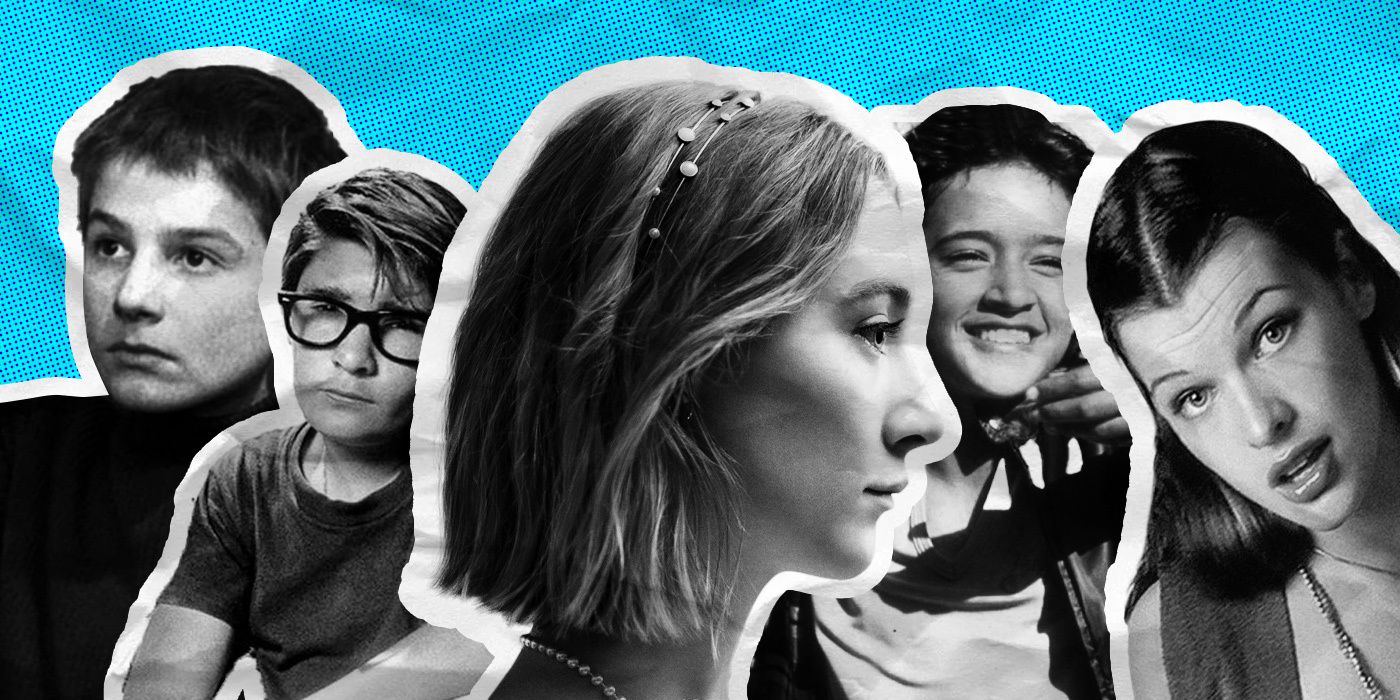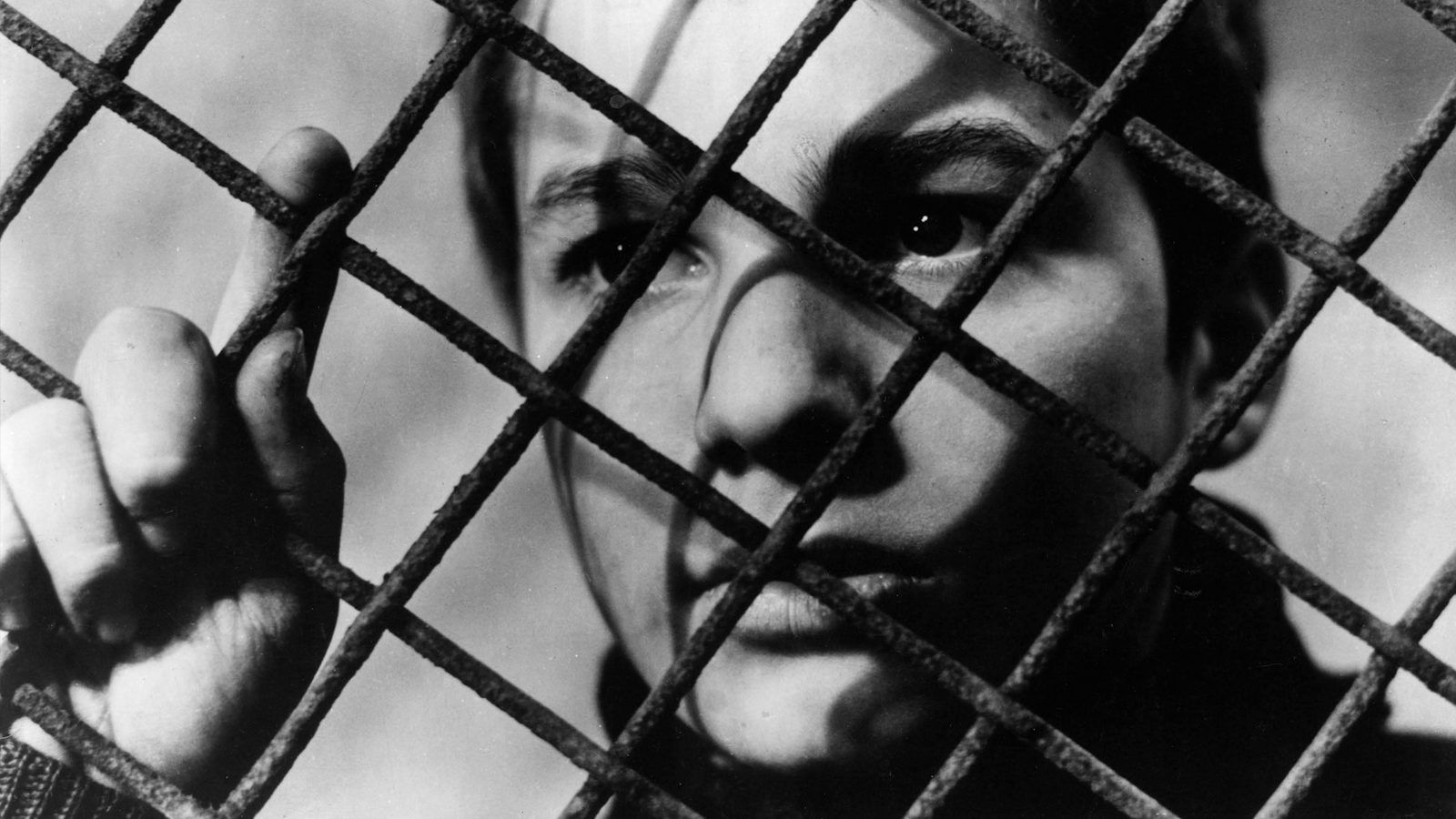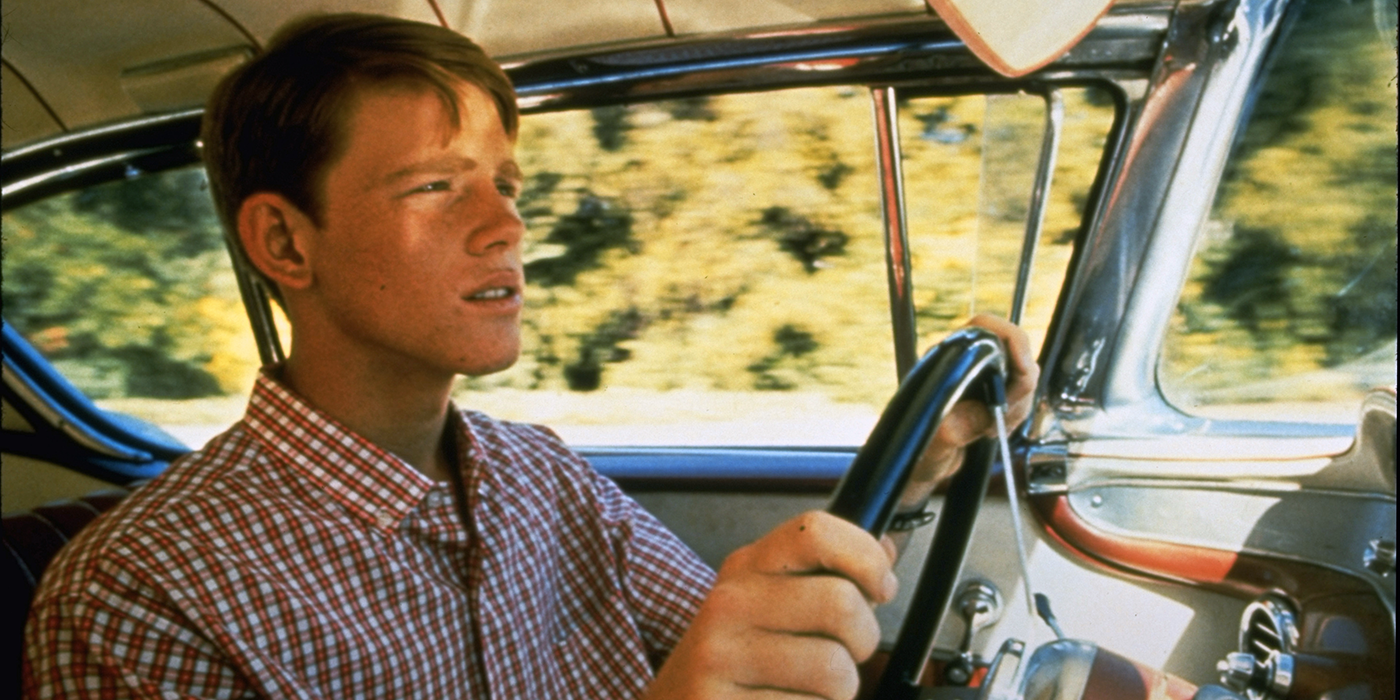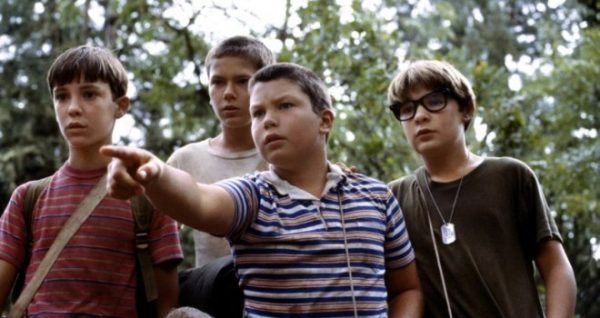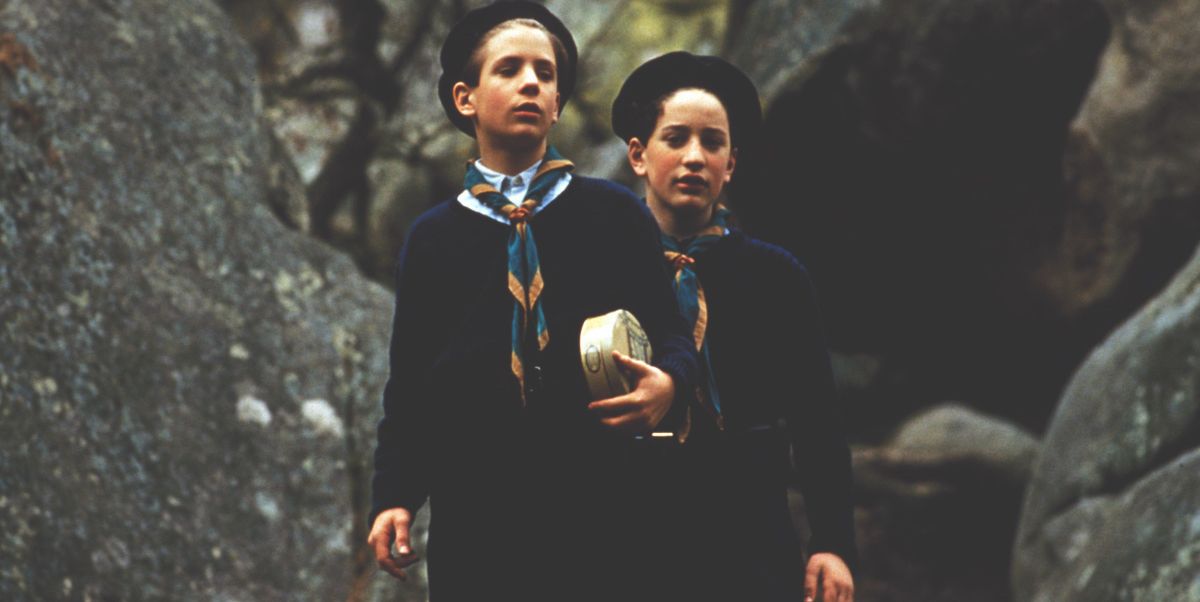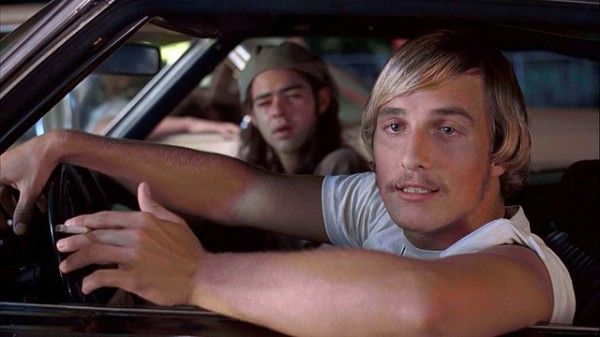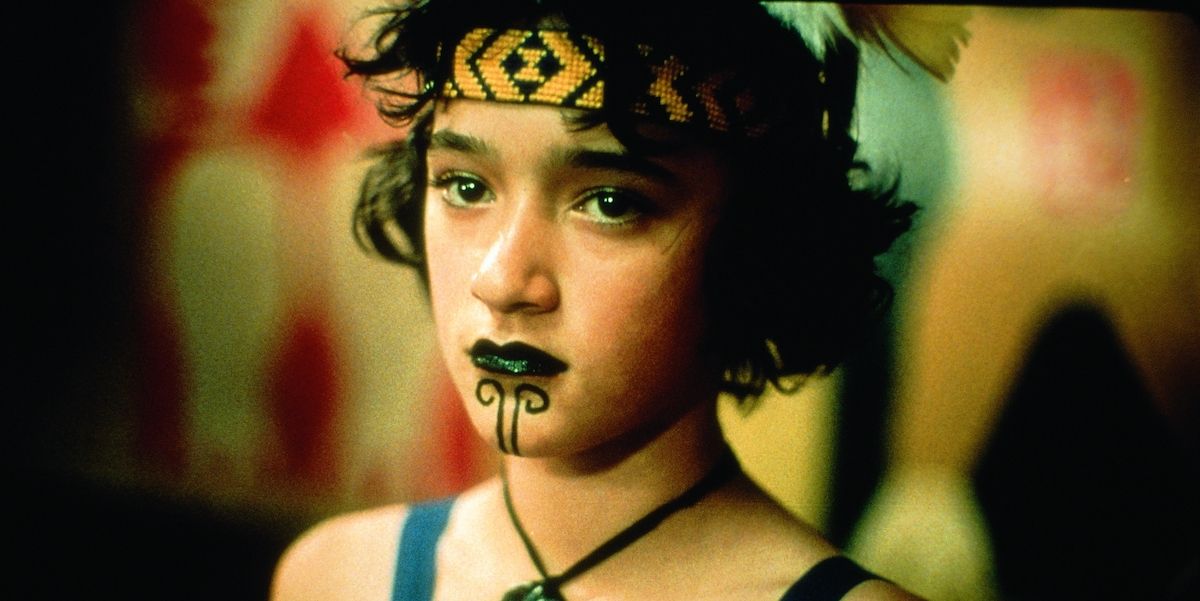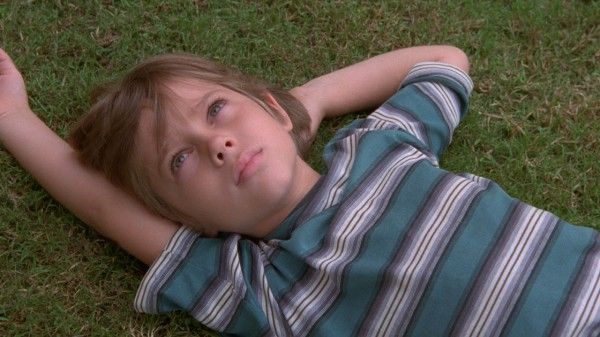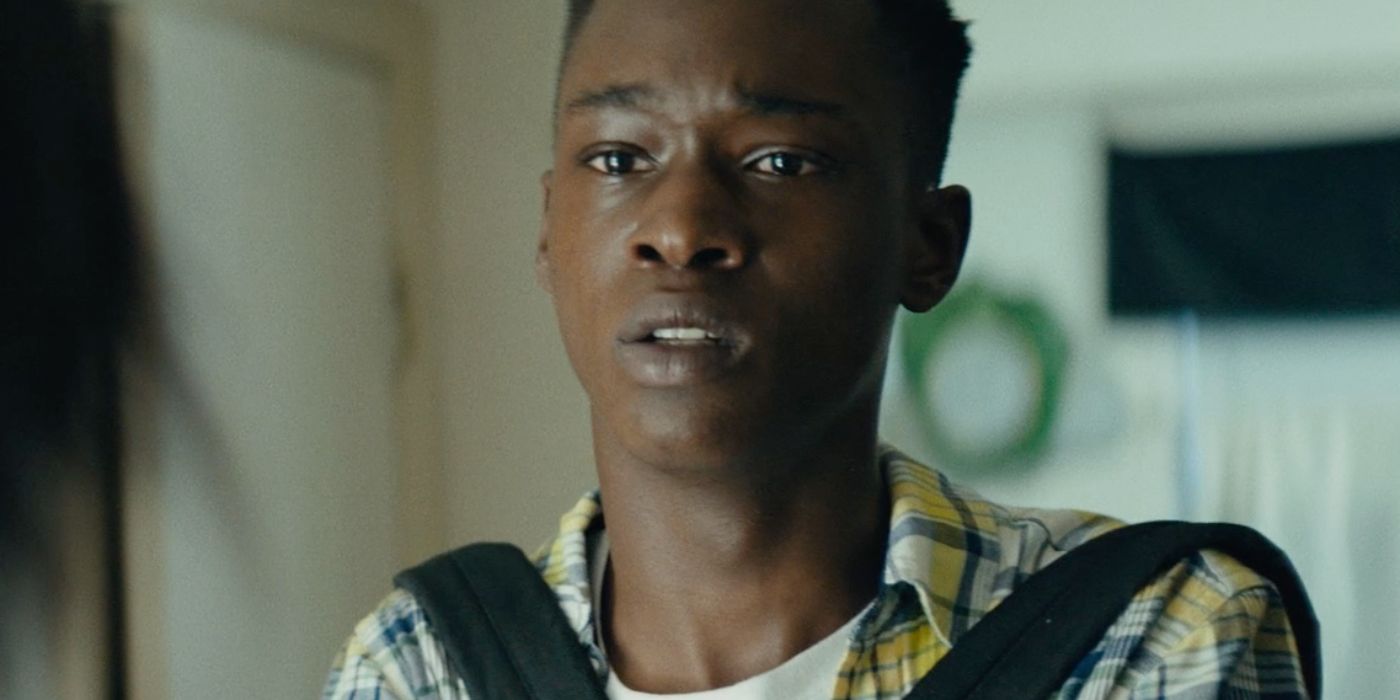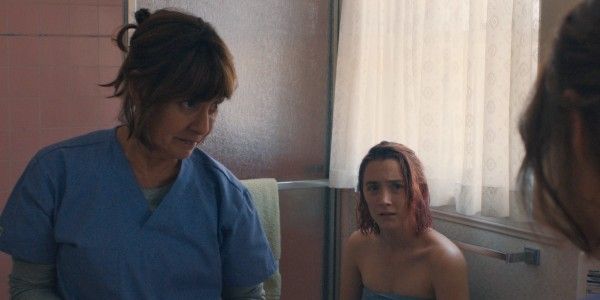From François Truffaut to George Lucas, Niki Caro to Greta Gerwig, film directors have long explored the coming-of-age genre as a source of narrative creativity. As adolescence came to the forefront of mainstream culture in the 1950s and 60s with the advent of rock-and-roll, and the birth of the counterculture took place, so too did the film industry become more interested in exploring the joys and pitfalls of the teenage years. This list portrays the genre's journey from male-centric narratives that often mythologized the age group, to films like Moonlight and Lady Bird that broke racial, sexual, and gendered conventions, pushing viewers to reconsider popular coming-of-age tropes.
1. The 400 Blows (1959)
In this classic New Wave film, 12-year-old Antoine Doinel (a charming Jean-Pierre Léaud) lives in a working-class part of Paris with his resentful mother and stepfather. Unable to accept the rigidity of his school environment, he soon develops a taste for playing hooky, and embarks on a series of misadventures around the city, arousing the ire of family members, teachers, and policemen, who choose to pathologize his behavior rather than understand it. Director François Truffaut’s meditation on the young boy’s refusal to comply with authority figures and conform to societal expectations has a distinctly counter-cultural tone. Though the film was made nearly a decade before the May 1968 protests that permanently rocked French culture, it’s a thorough examination of both adult hypocrisy and post-war rigidity, against which Léaud’s character understandably rebels. Truffaut juxtaposes Antoine’s struggle for acceptance with the poor behavior of his parents and teachers, challenging the limited understanding of adolescent psychology at the time and critiquing institutions of power that fail to protect their young. The classic freeze-frame at the end of the film captures this complexity, with Antoine again thrust into an uncertain future and embracing his status as an outsider.
2. American Graffiti (1973)
George Lucas’s film, a far cry from his later Star Wars franchise, is nostalgic in its portrayal of small-town life –– particularly car culture ––– in early 1960s Modesto, California. Focusing on one night in the lives of a group of wide-eyed high school students (among them soon-to-be Hollywood heavyweights Richard Dreyfuss, Ron Howard, and Harrison Ford) it depicts an America on the verge of cataclysmic change. For lurking in the diner-filled, jam-packed town streets is something much more sinister: mortality. Since most of the conversations in the film take place in the front seats of cars, viewers are privy to a number of lonely close-ups, highlighting the characters’ desperation for excitement and their palpable fear of the future. The movie’s unique blend of serious concerns with bittersweet and wholesome humor both critiques and endorses America’s valorization of the high school years as an endless source of nostalgia and creativity. American Graffiti spawned an important subgenre in film –– the high school epic –– and set the stage for movies like Dazed and Confused (1993), and, later, Booksmart (2019).
3. Stand By Me (1986)
Based on a 1982 novella by Stephen King, Rob Reiner’s coming-of-age classic follows a group of young boys who go looking for the body of a local teenager who has been hit by a train. What initially starts out as an impulsive adventure leads the youthful characters –– Gordie LaChance (Wil Wheaton), Chris Chambers (River Phoenix), Teddy Duchamp (Corey Feldman), and Vern Tessio (Jerry O’Connell) –– to come face-to-face with their own mortality. The film’s thoughtful narration (voiced by Richard Dreyfuss) is juxtaposed with the not-so-innocent adventures of Wheaton’s watchful protagonist and those of his right-hand man, an extraordinary River Phoenix. Like American Graffiti, Stand By Me dwells on the lies foisted on post-war America, where anger and disappointment pulse beneath a carefully calibrated illusion of peace and prosperity. With the cast almost devoid of adults, Stand By Me permits a visual and narrative closeness with the characters that is made all the more heartbreaking by the revelation at the end of the film. With John Cusack and Kiefer Sutherland in memorable bit roles, Stand by Me is a beautiful meditation on boyhood and the onset of adolescence.
4. Goodbye Children (1987)
Louis Malle’s autobiographical film tells the story of Julien (Gaspard Manesse), a precocious young boy attending a rural Catholic boarding school during World War II. When Jean Kippelstein (alias Bonnet) (Raphaël Fejtö), a Jewish student, is hidden by the priests there, Julien’s curiosity is piqued. As the pair grudgingly become friends, their strong, though competitive, bond is threatened by the perpetual presence of the Nazis. More than just a surface-level historical narrative, though, Au Revoir Les Enfants or Goodbye Children examines the moral ambiguity of life under the German Occupation. The adults in this film are unable to protect themselves and the children in their care –– to devastating effect. And the film's final betrayal indicates the casual, pervasive anti-Semitism that allows many of Julien's contemporaries to look away as Jewish citizens are routinely humiliated and deported to concentration camps. Malle's own regrets, and his interest in questions of French complicity and collective guilt in the context of World War II, are palpable. "More than 40 years have passed, but I'll remember every second of that January morning until the day I die," Julien admits at the end of the film.
5. Dazed and Confused (1993)
Richard Linklater’s film depicts a day in the life of the graduating class of 1976. Though a commercial disappointment at the time of its release, it is now considered a cult classic. The film entertains a number of high school tropes –– from senior-freshman hazing, to last-minute romance, to keg parties –– and its limited dialogue lends it an appealingly meandering, albeit inconclusive, quality. Featuring strong performances from Wiley Wiggins, Ben Affleck, and, perhaps most memorably, a never-before-seen Matthew McConaughey ("Alright, alright, alright!"), Dazed and Confused has earned its place in the high school drama hall-of-fame. Yet it never quite transcends this by then overworked genre, instead holding fast to a paper-thin plot and a general air of ennui that is less than the sum of its parts.
6. Whale Rider (2002)
Pikea Apirana (Keisha Castle-Hughes), an ambitious twelve-year-old girl, relies on the myth of the whale rider to carry on her Maori family's traditions in Whangara, New Zealand. Though her curiosity and genuine talent for fighting and dancing are welcome antidotes to her tribe's poverty and despondence, her interest in both ceremony and religious leadership is ill-received by her formidable grandfather, Koro (Rawiri Paratene). He's initially determined to prevent his female grandchild from taking on a leadership role in the community. As Pikea desperately tries to win his affection, the clash between past and present becomes excruciating, pushing her to take desperate measures. Director Niki Caro's dreamlike cinematography –– informed by several breathtaking underwater scenes –– makes Whale Rider more than a conventional coming-of-age story. It's also an examination of one girl's quest for recognition and acceptance in an insular community grappling with the challenges and rewards of tradition. Caro's incorporation of mythical elements with her protagonist's wise narration make Whale Rider an important addition to the historically white and male-dominated coming-of-age genre.
7. Boyhood (2014)
Boyhood, famously shot over a period of twelve years, chronicles the upbringing of Mason Evans Jr., (Ellar Coltrane), a shy and sensitive young boy who weathers his parents’ divorce and numerous moves throughout Texas in the early 2000s. Director Richard Linklater is by now fully in command of his narrative capabilities, allowing the plot –– or lack thereof –– to unfold alongside Mason's tangled transition into adulthood. With a minimal script that contains an eerie similarity to real life, Boyhood takes a much-needed closer look at parenting and masculinity in 21st-century America. As matriarch Olivia (Patricia Arquette) chases social mobility through education, divorce, and remarriage, father Mason Evans Sr. (Ethan Hawke) remains remarkably unchanged –– at least in the eyes of viewers, who are privy to the pitfalls of his happy-go-lucky nature. Parents and children are given equal airtime, but it's Mason, constantly transferring to new schools and ignoring a succession of indifferent stepfathers, with whom we most identify, due to Coltrane's nuanced performance and real-time journey to young adulthood. Ultimately, Boyhood is a quiet and unassumingly beautiful examination of one family’s all-American journey.
8. Moonlight (2016)
Moonlight, directed by Barry Jenkins, tells the story of Chiron (played, successively, by Alex Hibbert, Ashton Sanders, and Trevante Rhodes), who grows up in a crime-ridden neighborhood in Miami. Learning to ignore the emotional manipulations of his crack-addicted mother (Naomi Harris) and developing a close relationship with Juan (Mahershala Ali), a local drug dealer, Chiron painstakingly comes to terms with his own queerness after meeting Kevin (Jaden Piner, Jharrel Jerome, and André Holland), a confident peer. Jerome and Holland's unaffected performances augment the sparse script and lend weight to the film's refusal to adhere to conventional queer coming-of-age narratives. The tense soundtrack is juxtaposed with camera work that privileges Chiron's most painful encounters and his eventual journey to self-respect. These make for a luminous, and deeply moving, meditation on Black and queer manhood in a society that has failed to accept either.
9. Lady Bird (2017)
Lady Bird (Saiorse Ronan) is a precocious Catholic school girl living in early 2000s Sacramento. Her efforts to both change her life and come to terms with her similarity to her mother (Laurie Metcalfe), form the emotional core of the story, against a backdrop of general adolescent uncertainty and rebellion. Though the film, directed by Greta Gerwig, notably privileges a female perspective on sex, love, and friendship, Lady Bird is ultimately a love letter to Sacramento, whose warm embrace Ronan's character repeatedly attempts to reject. Her discovery of and eventual departure from her hometown, in all its sleepy glory, marks a quintessentially American journey that historically only male protagonists have enjoyed. It's her access to this journey –– not only from schoolgirl to woman, but from Sacramento to New York –– that makes the film more than superficially satisfying, introducing a new mobility into the coming-of-age canon regardless of gender. With its comedic potential enhanced by a deadpan script and strong supporting performances from then-newcomers like Beanie Feldstein, Lucas Hedges, and Timothée Chalamet, Lady Bird ultimately deserves its near-iconic status in recent cinema.

